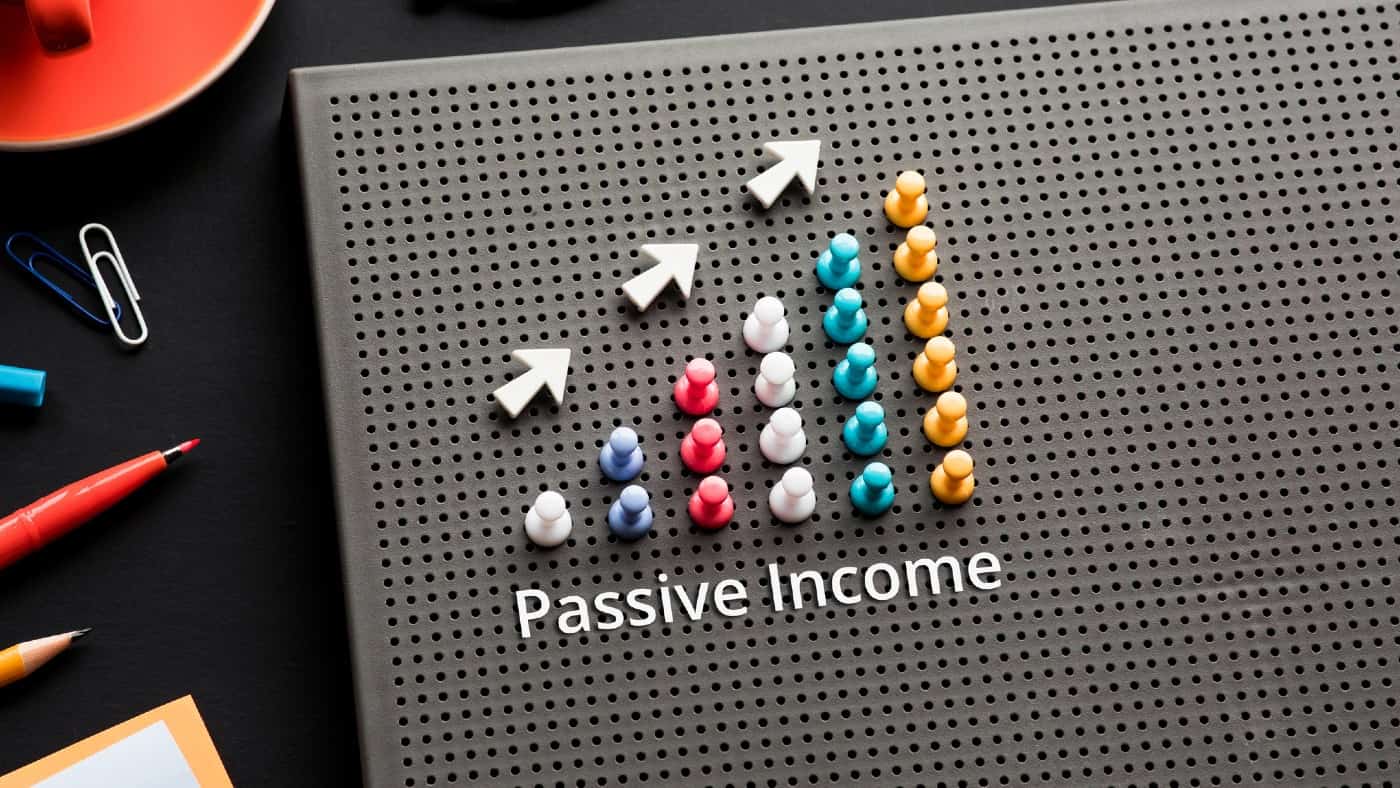The collective dividend yield of all the companies in the FTSE 100 index is about 3.5% right now. And it’s possible to collect that passive income by investing money in a low-cost index tracker fund that follows the Footsie. And to get £500 a month in passive income, I’d need to invest just over £171,000.
Using passive income to drive compounding
The first challenge is how to get to a sum like that in the first place. And my plan involves investing in dividend shares to build up the capital needed. But instead of harvesting the passive income from the dividends, I’d plough it all back into my investments to help drive the process of compounding gains.
And in the building stage of a portfolio, a focus on compounding is key. But it depends on two variables. The first is the length of time compounding takes place. And the second is the annualised rate of return being compounded. Changes in one or both of those variables can make a huge difference to the eventual outcome.
To address the rate of annualised return variable, I’d look for dividend yields higher than those offered by a FTSE 100 index tracker fund. And there are many businesses with yields higher than the Footsie’s 3.5%.
For example, as I write (13 April), mega-miner Rio Tinto‘s yield is above 7%. And fast-moving consumer goods company Unilever is paying a shareholder dividend yielding just over 4%. I can also get more than 4% from oil giant BP and more than 7% from smoking products company British American Tobacco.
However, company dividends vary in reliability from business to business. Right now, it looks like a good time to invest in cyclical outfits such as Rio Tinto and BP. But that’s not always the case. And such businesses are known for their volatile financial outcomes. If commodity prices tumble, it’s likely the revenues, cash flow, profits, dividends and share prices of these cyclical beasts will fall as well.
Investing for the long haul
I would sometimes invest in stocks such as BP and Rio Tinto. But only with a shorter holding timescale in mind aimed at catching an up-leg in the trading cycle of each business. And I’d aim to avoid holding the shares during a down-leg. However, attempting to time stock trades is difficult.
My preferred approach is to steer towards dividend-paying stocks with less cyclical underlying businesses. Such companies are often described as defensive. And I reckon Unilever and British American Tobacco measure up well. Indeed, they are the type of stocks I’d aim to hold for the long term while reinvesting dividends along the way for compounded gains.
However, my tactics won’t guarantee a positive investment outcome because all shares carry risks as well as the potential for gains. Nevertheless, investing with a long time frame in mind can help to smooth out some of the risks as long as I focus on the underlying quality and growth prospects of each enterprise.
And a long-term mindset also addresses the second variable of compounding — time. To execute my plan, I’d invest regular new money every month and hold my investments for decades.
